Introspection and photography at Wilderness Usawa
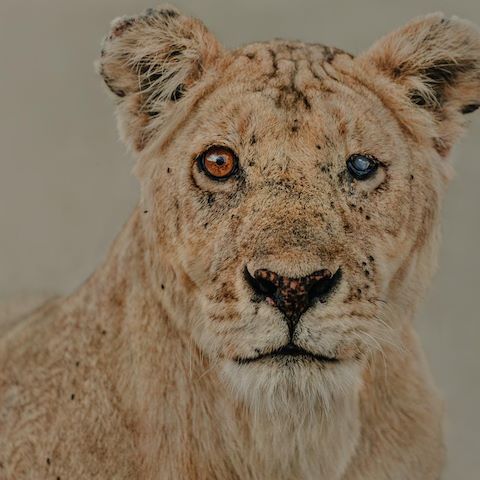
What are we chasing? What draws us to places far from our homes? Simultaneously looking to disconnect from society at large and connect to a place we call “wild”. A burning curiosity for a world beyond humanity, where landscapes stretch far and wide, and animals roam free – unbound by our rules.
The reality is, we cannot separate ourselves from nature. As humans, we are intricately woven into the same system – shaping it, depending on it, and being shaped by it in return. For better or worse, our presence is inescapable. And thus, these journeys to the wild often become opportunities to reflect, and to question our understanding of the delicate relationship that we share with the natural world around us.
A place for photographers
As photographers, we are not just chasing memories and moments; we also seek to leave with images that accurately capture what we’ve experienced. Photographs that convey a feeling, an emotion and communicate something – whether it’s an urgent message, a perspective, or a reflection – about the place we’ve visited.
So how can we combine both? How can we ensure that the photography aspect doesn’t detract from the experience, while using it to enhance our awareness of the stories unfolding around us?
We recently found the answer at Wilderness Usawa Serengeti.
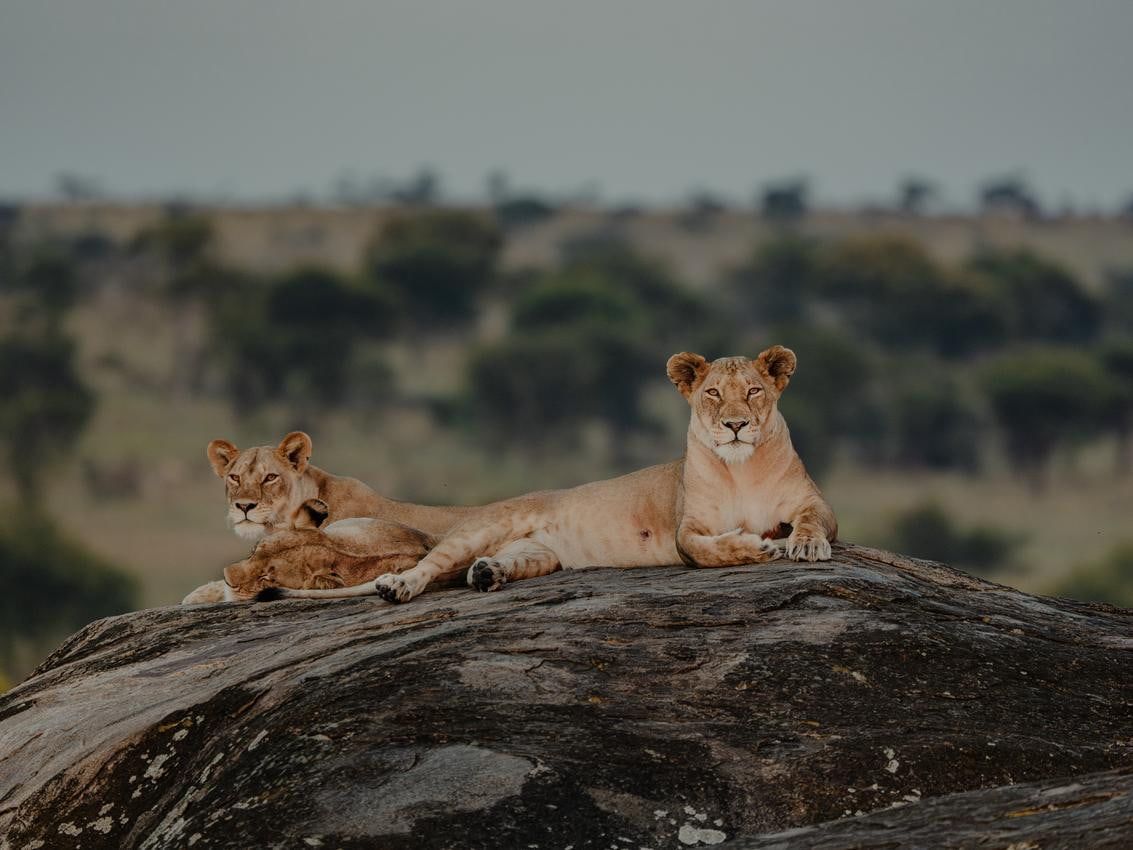
When we think about the ultimate safari for wildlife photography, our minds immediately go to places that offer quiet, intimate, and uninterrupted encounters with nature and animals.
Wilderness Usawa Serengeti in Tanzania offers all of this and more. Usawa moves and breathes with the seasons, seamlessly blending into the landscape it calls home.
This was our first visit to the Serengeti and our expectations were shaped by online stories, the experiences shared by friends, and the stunning artwork created by renowned photographers. Amidst all these impressions, it felt like a place of endless possibility, yet the true essence of it was hard to grasp.
Our experience. Let’s start at the beginning. This is the story of how Usawa is different from what you may have heard about the Serengeti.
The buzz of the Great Migration
Flying into the Serengeti can be a surreal experience. There’s a stark contrast in the landscape, as you exist momentarily between heaven and earth, followed by the sudden rush of activity upon landing, pulling you back into reality.
We visited during the migration season, and the sheer number of vehicles arriving and departing from the airstrip, heading straight to the Mara River and nearby camps, was reminiscent of what one might expect during a city’s rush hour. While the excitement is both palpable and understandable, it can also feel intrusive. It serves as a stark reminder of how tourism shapes even the most remote places and provides an opportunity to reflect on our own role within this system.
While most vehicles headed towards the river, our guide, Ema, had a different plan. As we veered away from the airstrip and the frenzy of the Mara River, a new landscape unfolded before us, revealing a quieter, untamed side of the Serengeti.
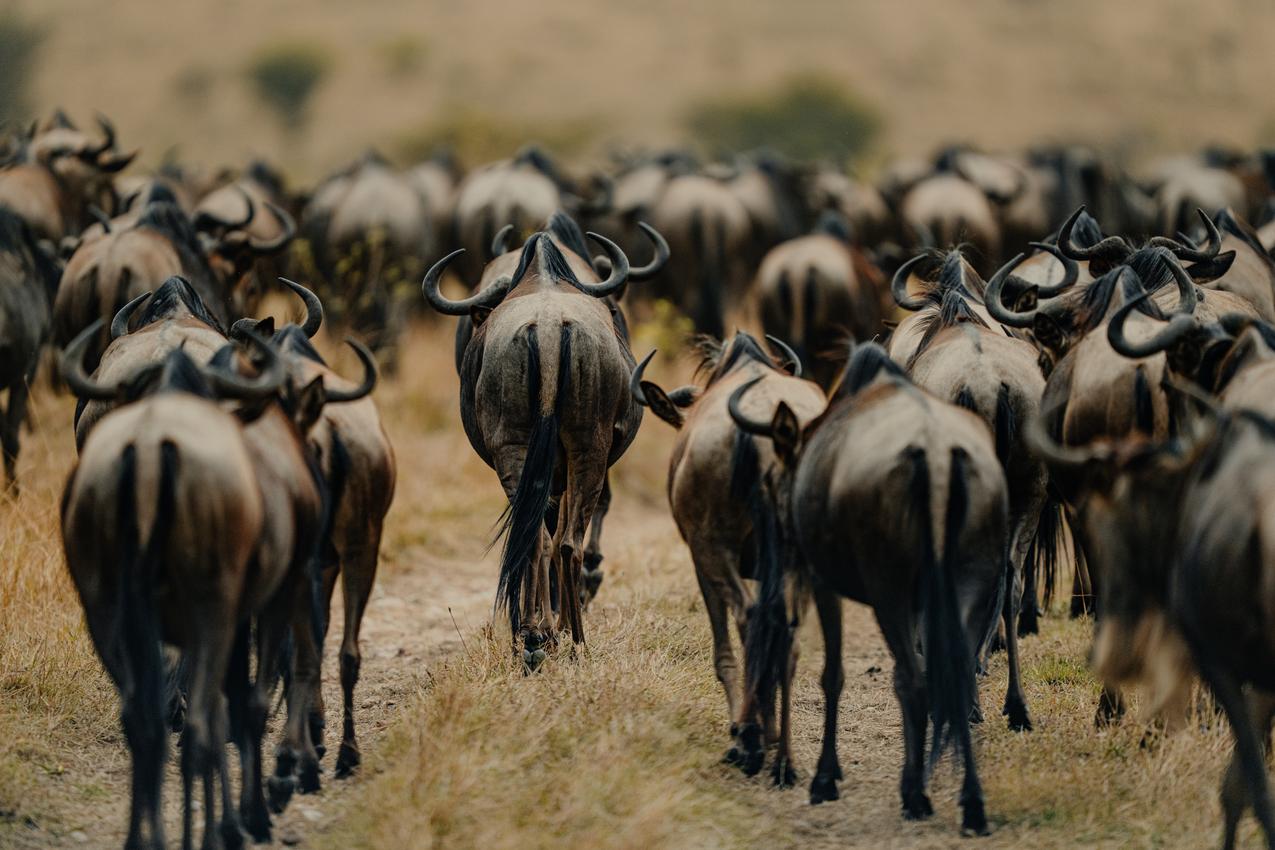
We must remember that the migration is about more than just the river crossings. In some circles, the terms “migration” and “river crossing” are used almost interchangeably, as if they are synonymous. While the river crossings can indeed offer a spectacular sight, it is also often shared with hundreds of vehicles, which can detract from both the experience and the opportunity for photography.
By escaping the crowds and venturing to the remote region where Wilderness has set up their Usawa camp, we were able to experience the migration in a way that felt intimate, exclusive, and authentic. As we travelled through the vast, untouched landscapes, we observed vast herds grazing peacefully across the plains, completely undisturbed by human activity. We soon realised that this was an opportunity to experience the Serengeti on our own terms – engaging with this iconic landscape in a more personal and meaningful way.
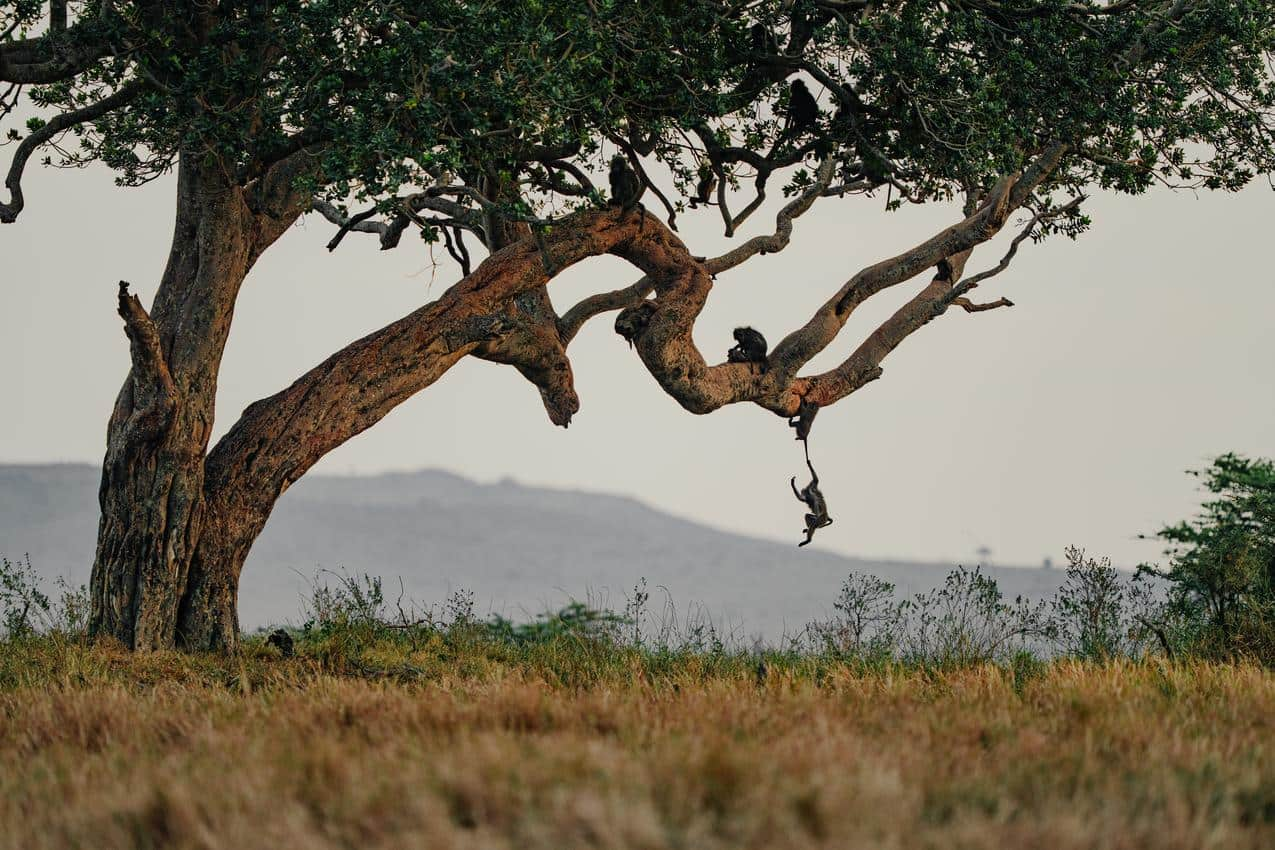
Space for creating and observing
Usawa is small, consisting of just a handful of tents, designed to blend effortlessly into the environment and with a light footprint ethos. Its only neighbours are elephants.
For photographers, this quiet intimacy is everything. No large groups or bustling dining areas, no voices drowning out the sounds of the bush. Instead, a peaceful tranquillity prevails, creating the ideal environment for creativity and photography: calm, focused and in tune with the rhythm of nature.
The feeling of seclusion continues when you leave camp to set out on a game drive. Far away from any other camps, you barely encounter other vehicles, and when you do, it’s likely to be one of the few guests staying at the exclusive Usawa. This means that sightings take place in privacy, which makes all the difference for photographers. There is ample time and space to both create and observe.
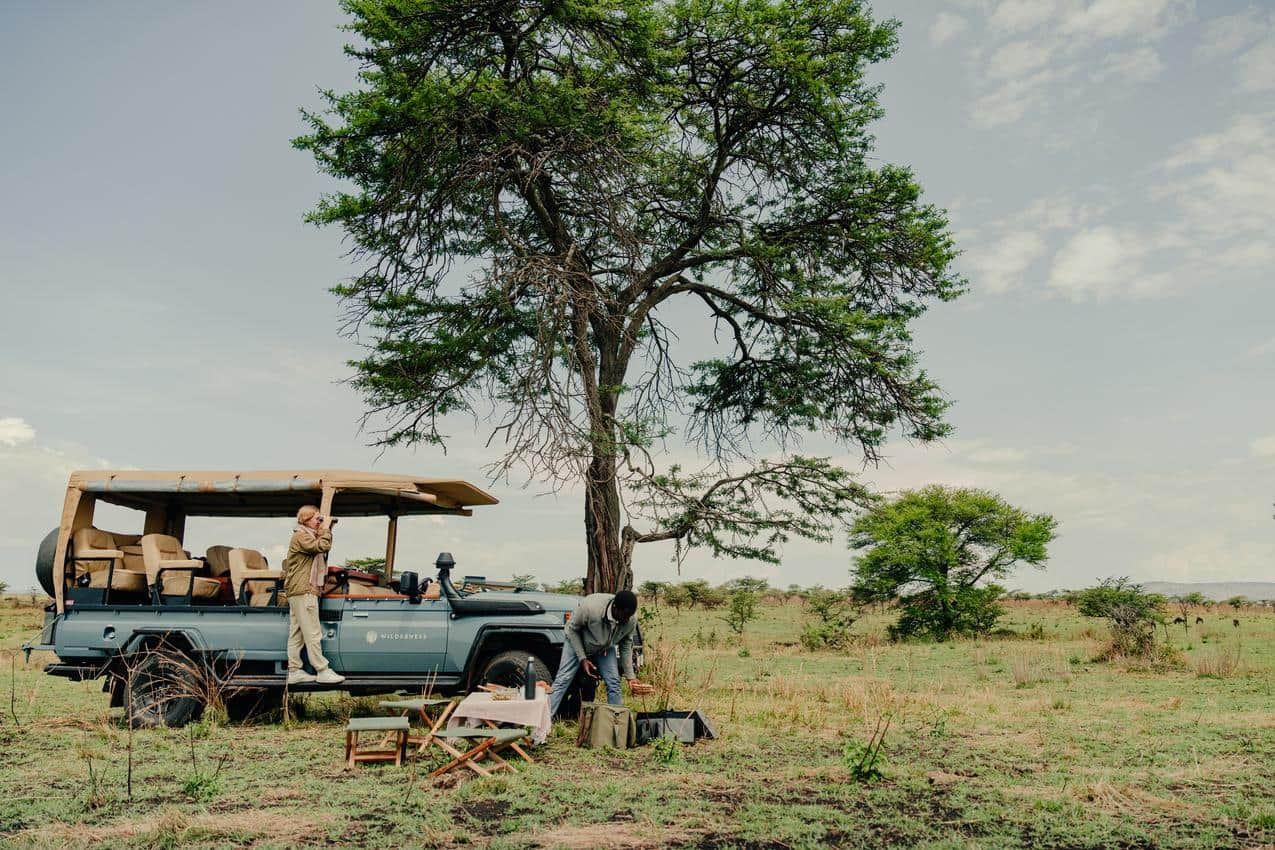
There’s no rush to grab your shot before the next group arrives – a common practice in the safari industry. Instead, time is a luxurious gift that allows for experimentation and capturing the essence of each subject.
This is what makes Usawa so special for photographers. The seclusion not only enhances your experience – it enhances your work. It allows us to not just photograph the animals, but capture their world, their behaviour and their home: the landscapes that make the Serengeti one-of-a-kind.
Working together
Speaking of one-of-a-kind, the guides at Usawa truly stand out from any we’ve encountered before. They move at the same unhurried, intentional pace as Usawa itself, ensuring that each moment is savoured.
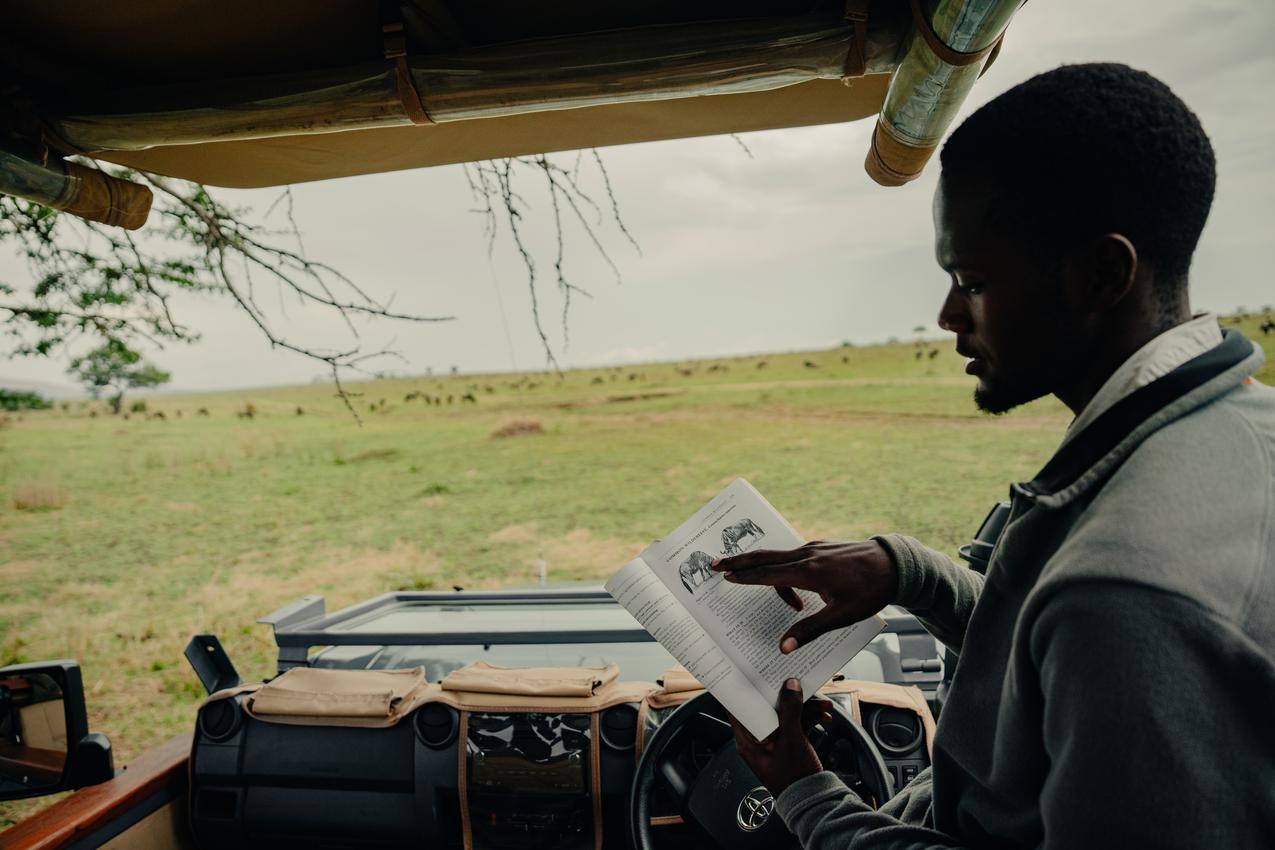
Our guide, Ema, understood the importance of timing, light and – most importantly – patience; waiting quietly until the animal’s behaviour naturally unfolded. Ema enabled us to capture images that tell a story, that evoke the feeling of truly being there. His love for the landscape was foundational to our own experience; his genuine enthusiasm for being out there every single day made it feel as if we were with a close friend and a collaborator, rather than just a guide.
Beyond tourism
We specifically chose Wilderness because of their commitment to conservation. As owners of our own travel company specialising in photography and conservation trips, Atlas 1 Expeditions, we carefully select who we travel with.
Beyond its ultra-light footprint, Wilderness owns its responsibilty to act. Through education, empowerment and conservation, Wilderness makes a positive impact in the regions in which they operate. In landscapes like the Serengeti, which is under the threat of over-tourism, we’re so glad to see the presence of Wilderness through Usawa.
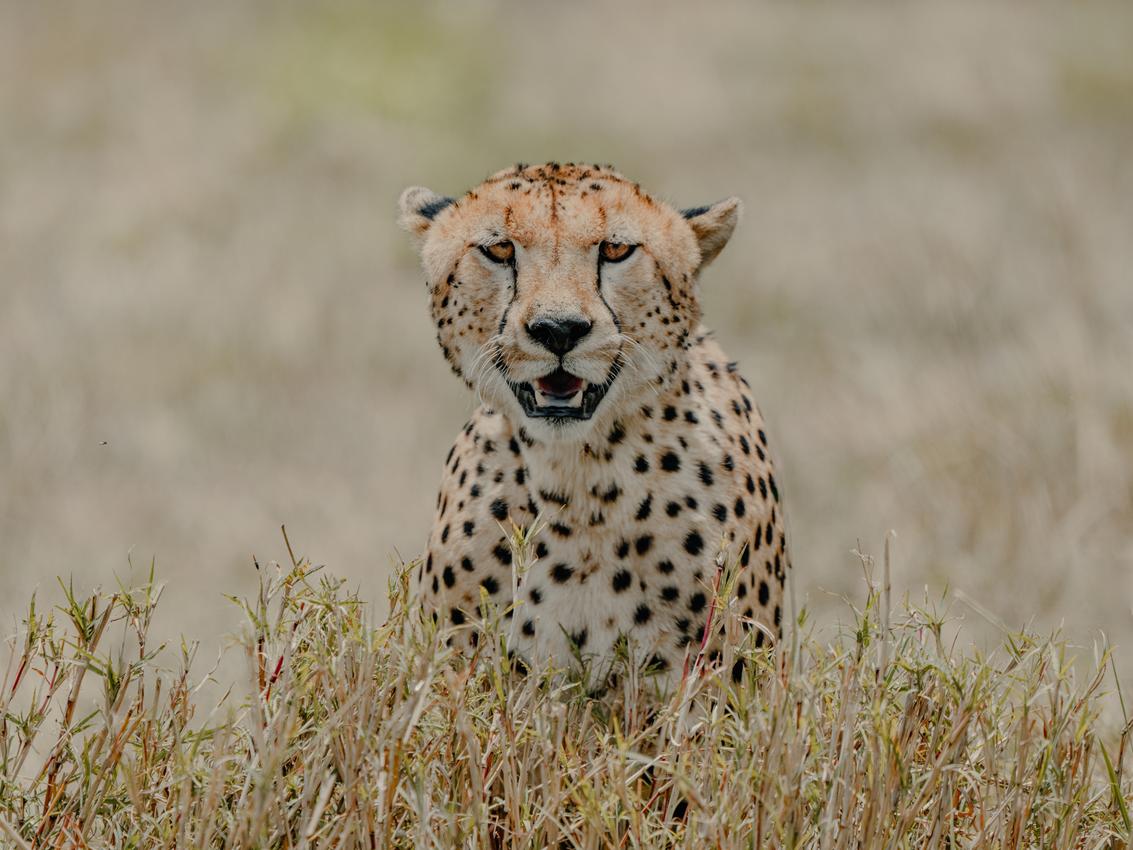
So if you’re looking for a safari experience that goes beyond surface-level luxury, one that allows you to slow down, immerse yourself, and capture images that truly tell the story of the Serengeti, Wilderness Usawa Camp is where you’ll find it.
Photographers and filmmakers Donal Boyd and Emma Romeijn visited Wilderness Usawa Serengeti in September 2024.
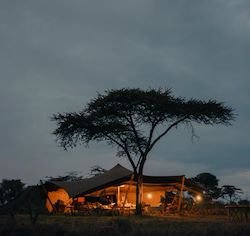
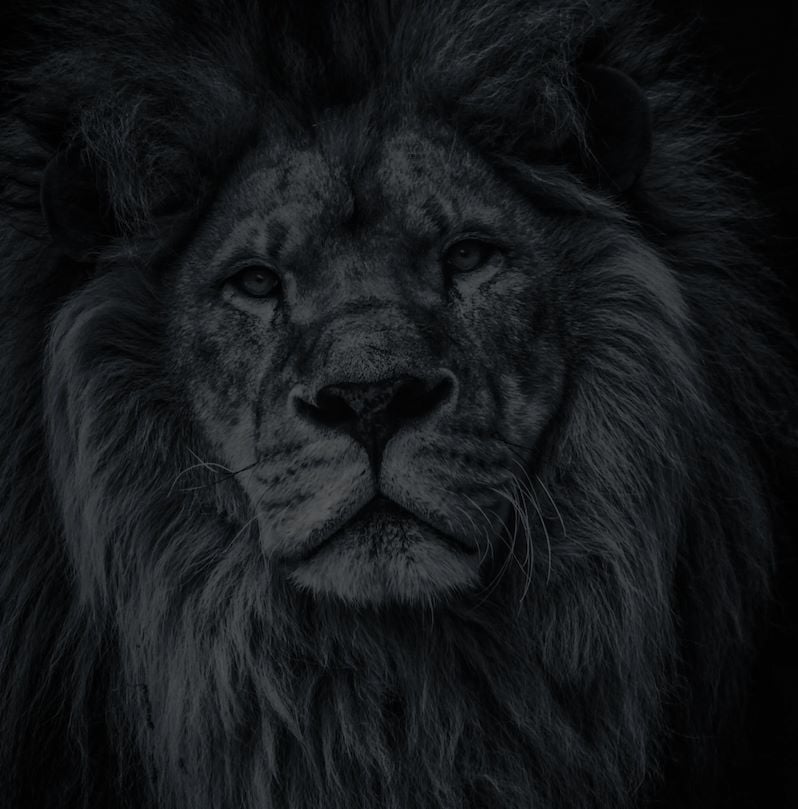
Let’s plan your next journey
Ready?
When we say we’re there every step of the way, we mean it, literally. From planning the perfect circuit, to private inter-camp transfers on Wilderness Air, and easing you through Customs. We’re with you on the ground, at your side, 24-7, from start to finish. Ready to take the road less travelled? Contact our Travel Designers to plan an unforgettable journey.